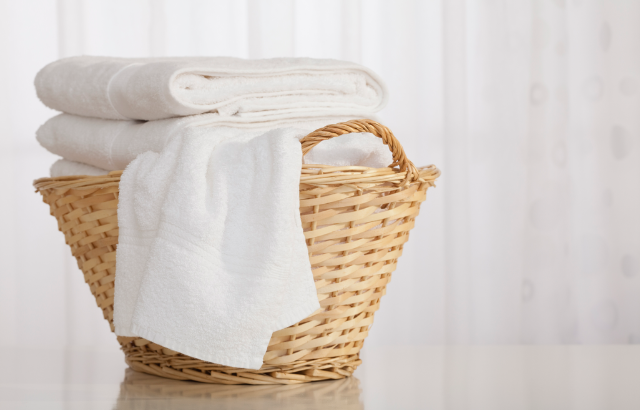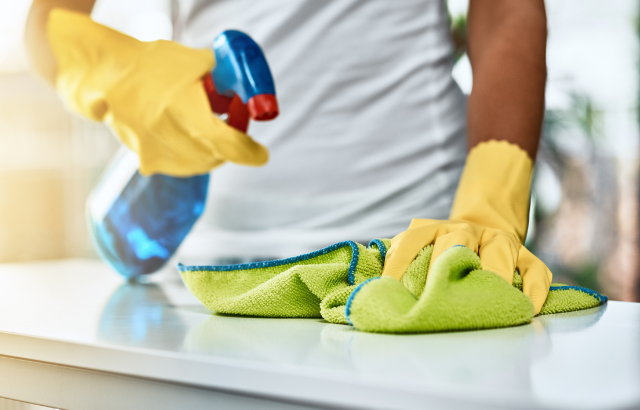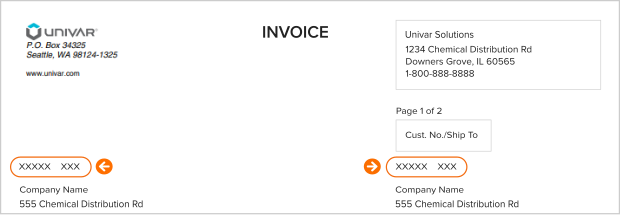We’re here to provide you with more information or help answer any questions you might have. Send us a note and we’ll get back to you as soon as possible.

Caflon® Cationic Surfactants
Cationic surfactants are a class of surfactants (surface-active agents) that carry a positive charge on their hydrophilic (water-soluble) head group are used in various industries.


Our Caflon brand is built on the pillars of quality, simplicity and security of supply so you can be confident you will receive accurate, on-time service, customer support and supply chain expertise. Technical experts are also available to help you formulate innovative products, meet new regulatory requirements, resolve formulation or supply challenges, and find cost efficiencies to improve profitability.
Cationic surfactants are a class of surfactants that carry a positive charge on their hydrophilic head group. This positive charge is typically provided by a quaternary ammonium group, which gives cationic surfactants a permanent positive charge that is independent of pH. The hydrophobic tail of cationic surfactants is often a long alkyl chain derived from natural fats and oils.
The positive charge on cationic surfactants allows them to interact strongly with negatively charged surfaces through electrostatic attractions. This makes cationic surfactants substantive, meaning they can adsorb and deposit onto surfaces like hair, skin, and fabrics. This substantive deposition is the basis for many of the key applications of cationic surfactants.
There are several features to note regarding cationic surfactants when selecting a surfactant for your formulation.


Structure: Cationic surfactants consist of a positively charged nitrogen atom covalently bound to alkyl groups, usually with a halide counterion like chloride. The positive charge is permanent due to the quaternary ammonium structure.
Applications:
Beauty & personal care products: In formulations such as hair conditioners and rinse-off treatments, cationic surfactants deposit onto the negatively charged hair surface, providing conditioning effects like improved combability, softness, and manageability.
Fabric softeners: They adsorb onto the negatively charged cellulose fibers, lubricating the fiber surfaces and imparting a softer feel.
Antistatic agents: The positive charge of cationic surfactants helps reduce static charge in textiles and static flyaway in beauty & personal care applications
Disinfectants and sanitizers: the cationic charge disrupts the negatively charged cell membranes of microbes, providing biocidal effects.
Properties:
- Substantive to proteins and surfaces with a negative charge
- Conditioning and antistatic effects
- Biocidal action against microbes
- Compatible with nonionic and amphoteric surfactants
Environmental Considerations:
- Generally not readily biodegradable
- Can be toxic to aquatic life at higher concentrations
Cationic surfactants carry a permanent positive charge that allows substantive deposition onto negatively charged surfaces, providing conditioning/softening benefits but also raising some environmental concerns.


While highly useful, cationic surfactants do have some environmental drawbacks. Many are not readily biodegradable and can be toxic to aquatic life even at low concentrations due to their charge interactions with biological molecules. Proper handling and disposal are required to minimize their environmental impact.
Overall, the unique positive charge and substantive nature of cationic surfactants make them valuable ingredients across personal care, textile, and disinfecting applications by enabling deposition, conditioning, antistatic effects, and antimicrobial action on various negatively charged surfaces.
Examples of the Caflon® line of cationic surfactants include Caflon CETAC 30 and Caflon CETAC 25 (Cetrimonium Chloride). Check out all of the products available in the Caflon line of cationic surfactants below.
Industries
This can contain industry information or supplemental information such as tables and charts
This can contain industry information or supplemental information such as tables and charts
Product Information
Cetrimonium chloride is a quaternary ammonium cationic surfactant containing a cetyl (C16) hydrophobic tail.
Applications:
- Hair conditioners
- Rinse-off hair products
- Fabric softeners
Properties:
- Conditioning and antistatic effects on hair
- Substantive deposition on hair
- Provides silky feel and manageability
Environmental Considerations:
- Not readily biodegradable
- Moderate toxicity to aquatic organisms
Dicoco dimethyl ammonium chloride is a quaternary ammonium cationic surfactant containing two coconut-derived (C12-C14) hydrophobic tails.
Applications:
Emulsifiers
Drying agent in automatic car washes
Rinse aid
- Fabric softeners
Antistatic agents
Properties:
Emulsifying and dispersing agent
Facilitates water beading and rapid drying on surfaces
Excellent conditioning and antistatic effects
Provides softness, manageability, and lubricity
Environmental Considerations:
Biodegradability varies based on chain length (better for shorter chains)
Moderate to high toxicity to aquatic organisms
Potential for bioaccumulation in aquatic environments
Like cetrimonium chloride, dicoco dimethyl ammonium chloride is a cationic surfactant widely used in personal care and household products for its conditioning, antistatic, and emulsifying properties. Additionally, it finds application in automatic car washes as a drying agent and rinse aid, promoting water beading and rapid water break. However, its environmental impact needs to be considered, particularly its potential for aquatic toxicity and bioaccumulation.
Products Available
Cetrimonium Chloride
| Product Name | Supplier | Grade | Package Type | Weight | Billing Price | Price (Package) | |
|---|---|---|---|---|---|---|---|
| Caflon® CETAC-30 | Caflon Branded Surfactants | Technical | IBC | 2,000.01 lbs | -- |
Request Quote
|
-- |
|
|
|||||||
| Caflon® CETAC-30 | Caflon Branded Surfactants | Technical | Drum | 425.01 lbs | -- |
Request Quote
|
-- |
|
|
|||||||
| Caflon® CETAC-25 | Caflon Branded Surfactants | Technical | IBC | 2,000.01 lbs | -- |
Request Quote
|
-- |
|
|
|||||||
| Caflon® CETAC-25 | Caflon Branded Surfactants | Technical | Drum | 424.99 lbs | -- |
Request Quote
|
-- |
|
|
|||||||
Dicoco Dimethyl Ammonium Chloride
| Product Name | Supplier | Grade | Package Type | Weight | Billing Price | Price (Package) | |
|---|---|---|---|---|---|---|---|
| Caflon® AS 300 | Caflon Branded Surfactants | Technical | Drum | 390.00 lbs | -- |
Request Quote
|
-- |
|
|
|||||||
Get in touch, 24 hours a day, 7 days a week.









